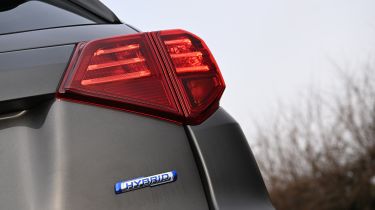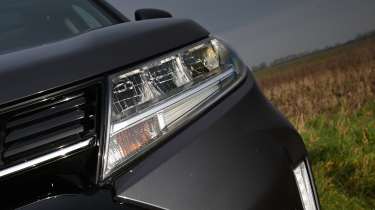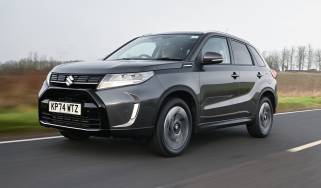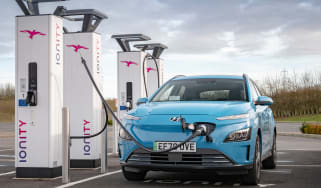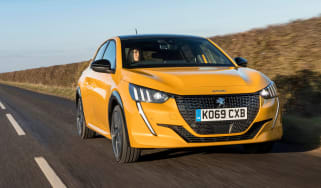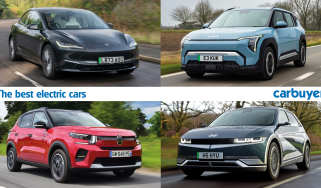Suzuki Vitara review - MPG, running costs & CO2
“Fuel economy and other running costs are reasonable”
The Suzuki Vitara is less of the bargain it once was, and a big reason for that is the fact that it now has more expensive mild-hybrid and full-hybrid technology. The upside to that, though, is better running costs and fuel efficiency. Forecasts suggest the Vitara won’t keep its value particularly well, which may push up your monthly payments on PCP finance deals.
The Vitara's fuel consumption figures have improved since the electrical assistance was added, but the new full-hybrid powertrain is only slightly more economical – on paper at least.
Suzuki Vitara MPG & CO2
The mild-hybrid Vitara is powered by a 1.4-litre turbocharged petrol engine, which is said to return up to 53.2mpg in two-wheel drive models. CO2 emissions of 119g/km give it a middling Benefit-in-Kind (BiK) rate for company-car drivers.
We wouldn’t recommend going for the four-wheel ALLGRIP drive model unless you really need it because it costs significantly more to buy – it can only be had on the higher Ultra spec, and costs a premium of £1,800 over the two-wheel drive version of that model. It also has a marginal impact on efficiency, reducing fuel economy to around 52.3mpg while pushing up the CO2 emissions to 128g/km – placing it in a higher BiK banding than the front-wheel drive version.
More reviews
In-depth reviews
Suzuki also introduced a full-hybrid Vitara in 2022, combining a 1.5-litre petrol engine with a small electric motor and 0.84kWh battery. This charges while the car drives, so doesn’t require plugging in, but can only propel the car with the petrol motor switched off for short distances. It gives the Vitara a fuel-efficiency figure of up to 56.4mpg, with emissions from 113g/km. Upgrade to ALLGRIP four-wheel drive and efficiency drops to 50.4mpg and 127g/km – that’s actually worse than the mild-hybrid four-wheel drive version, so we suppose the only benefit here is the automatic transmission if you need it.
From April 2025, the Suzuki Vitara will cost the standard rate of VED (road tax), regardless of whether it’s the full-hybrid or mild-hybrid version.
Insurance group
The more expensive full-hybrid versions of the Vitara with a larger 1.5-litre engine are actually the cheaper models to insure, sitting in groups 16-17 out of 50. That might be because automatics are often cheaper to insure, so the manual-only mild-hybrid Vitara sits in group 22 regardless of the trim level. By comparison, several entry-level versions of the Vitara’s rivals sit in far lower groups, with the Nissan Juke starting in group 12 and the least powerful Renault Captur starting in group 11.
Warranty
As with the rest of its range, Suzuki offers a three-year/60,000-mile warranty on the Vitara. This was once considered the industry standard, but rivals like the Kia Stonic come with a longer cover period as standard. It’s a shame Suzuki doesn’t offer a more comprehensive warranty, because reliability stats look very positive.
Servicing
Suzuki says its cars should be serviced once a year or every 9,000 miles – whichever comes first. If you don’t drive many miles, this should mean the same annual trip to the dealership as most rivals, but if you drive a lot, the Vitara could prove more expensive than models with more miles between services. Suzuki offers a range of fixed-cost servicing packages across its cars, so the Vitara should also benefit from this.
